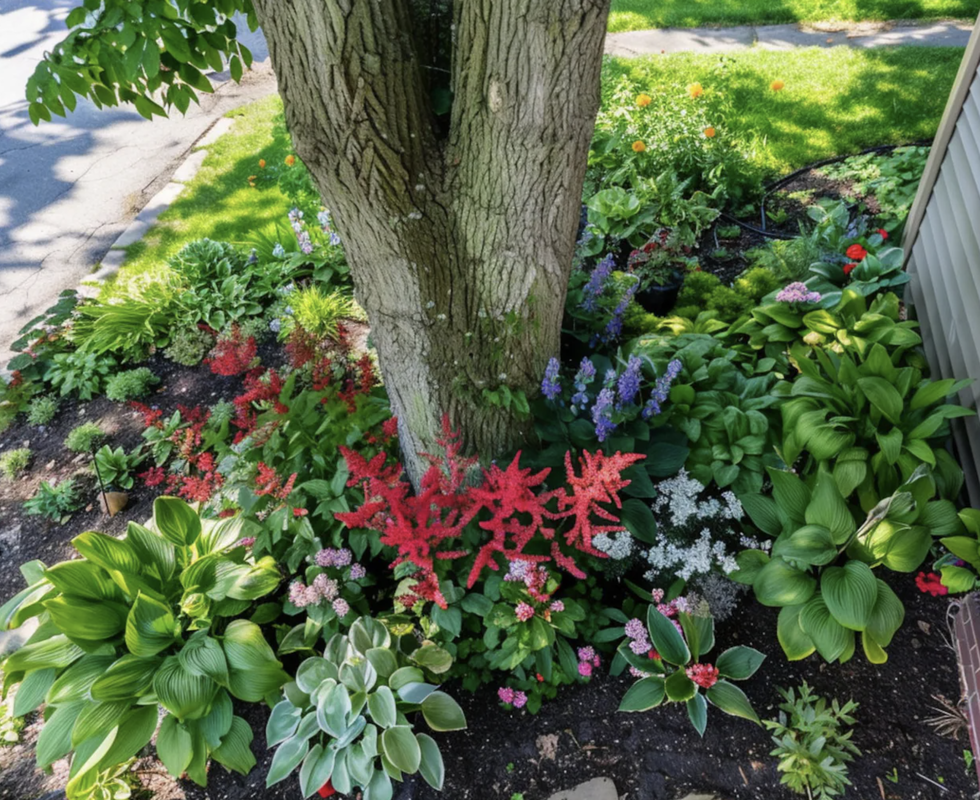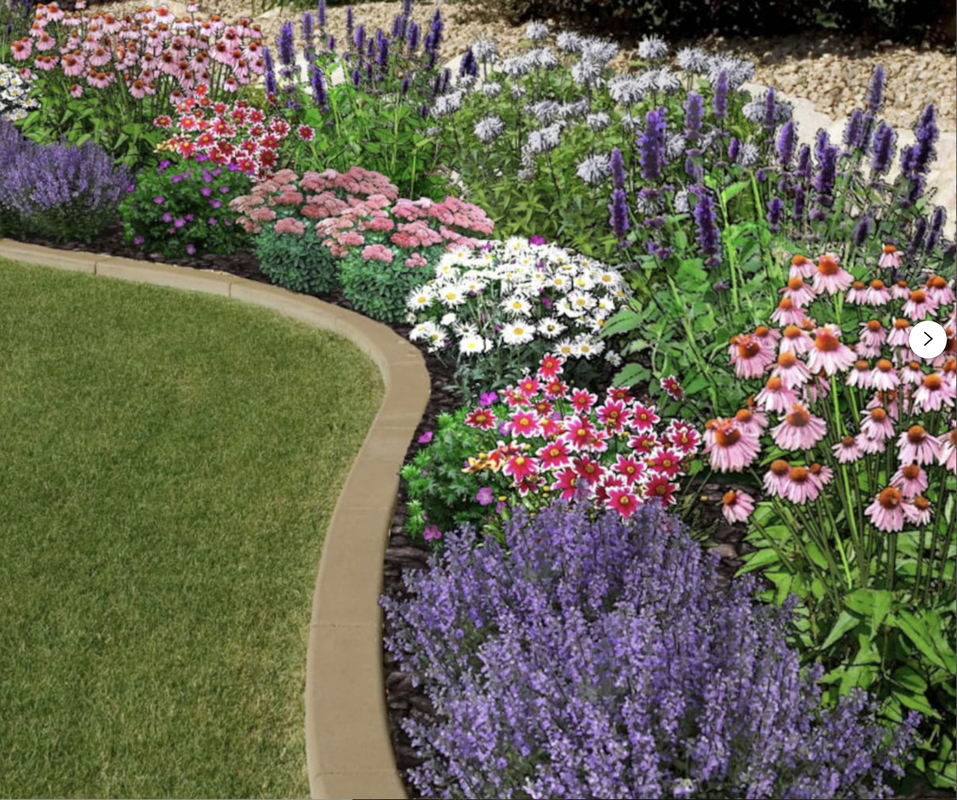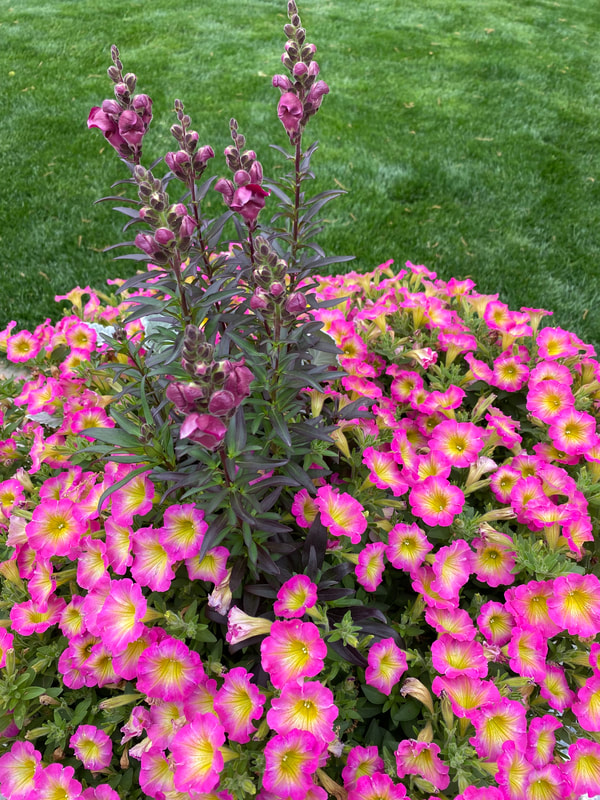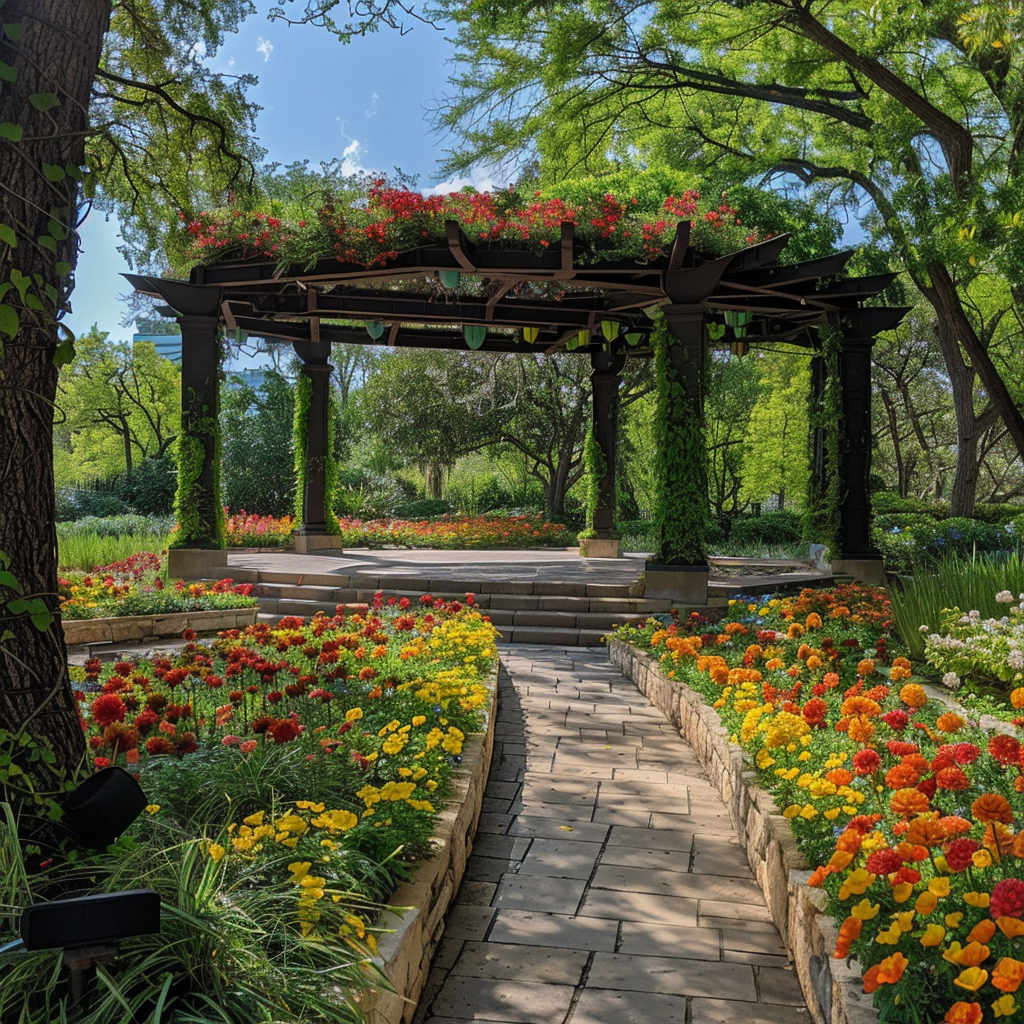Garden Design Ideas
Browse through some downloadable garden design ideas and planting guides to plan out your beautiful garden.
Designing a planting layout for your garden involves several key steps to ensure both visual appeal and practicality. Begin by assessing the conditions of your garden, including factors like sunlight exposure, soil type, drainage, and microclimates, to choose plants that will thrive in your specific environment.
Next, define the purpose and theme of your garden, whether it's a formal setting with structured beds, a relaxed cottage garden, or a wildlife-friendly space. Sketch out a rough plan of your garden space, considering existing features such as trees, shrubs, pathways, and structures, and decide where to place planting beds, focal points, and other elements.
Select plants carefully based on your garden's conditions, theme, and desired aesthetics, considering factors like height, spread, bloom time, color, texture, and maintenance requirements.
Group plants with similar water and sunlight needs together to create planting zones, making maintenance easier and ensuring each plant receives appropriate care. Introduce focal points strategically within the garden design, such as specimen plants, sculptures, or decorative structures, to add visual interest and break up the space.
Layer plants in your design, with taller plants at the back or center, medium-sized plants in the middle, and low-growing plants at the front or edges, to create depth and visual appeal. Choose plants that offer interest throughout the seasons, including flowering plants for spring and summer, foliage plants for fall, and evergreens for winter, to maintain attractiveness year-round. Incorporate plants with a variety of leaf shapes, sizes, and textures to add depth and contrast to your garden design, mixing fine-textured plants with bold foliage for visual impact.
Consider the maintenance requirements of your chosen plants when designing the layout, selecting options that suit your preferences and available time for gardening tasks. Plan for growth by allowing enough room for plants to mature without overcrowding each other, and regularly maintain your garden through watering, fertilizing, pruning, and weeding as needed. Monitor plant health and make adjustments to the design as plants grow and evolve over time, ensuring your garden remains a vibrant and beautiful space.
Need help? Start with a downloadable garden design idea template!
Next, define the purpose and theme of your garden, whether it's a formal setting with structured beds, a relaxed cottage garden, or a wildlife-friendly space. Sketch out a rough plan of your garden space, considering existing features such as trees, shrubs, pathways, and structures, and decide where to place planting beds, focal points, and other elements.
Select plants carefully based on your garden's conditions, theme, and desired aesthetics, considering factors like height, spread, bloom time, color, texture, and maintenance requirements.
Group plants with similar water and sunlight needs together to create planting zones, making maintenance easier and ensuring each plant receives appropriate care. Introduce focal points strategically within the garden design, such as specimen plants, sculptures, or decorative structures, to add visual interest and break up the space.
Layer plants in your design, with taller plants at the back or center, medium-sized plants in the middle, and low-growing plants at the front or edges, to create depth and visual appeal. Choose plants that offer interest throughout the seasons, including flowering plants for spring and summer, foliage plants for fall, and evergreens for winter, to maintain attractiveness year-round. Incorporate plants with a variety of leaf shapes, sizes, and textures to add depth and contrast to your garden design, mixing fine-textured plants with bold foliage for visual impact.
Consider the maintenance requirements of your chosen plants when designing the layout, selecting options that suit your preferences and available time for gardening tasks. Plan for growth by allowing enough room for plants to mature without overcrowding each other, and regularly maintain your garden through watering, fertilizing, pruning, and weeding as needed. Monitor plant health and make adjustments to the design as plants grow and evolve over time, ensuring your garden remains a vibrant and beautiful space.
Need help? Start with a downloadable garden design idea template!



